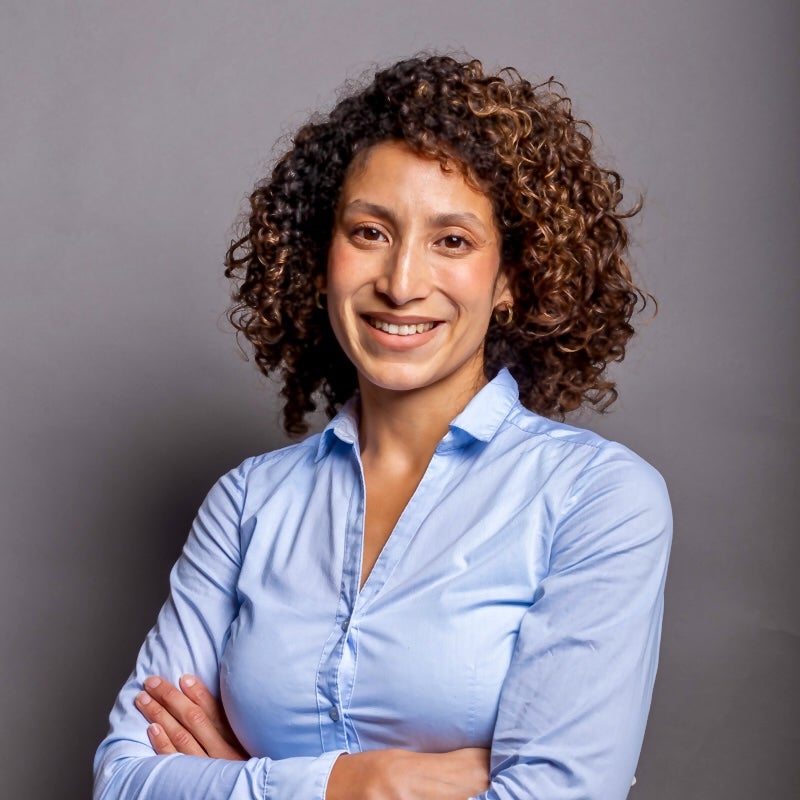Smarter video transmission: Deep Learning for video compression
Videos are the largest consumers of internet data. For this reason, Deep Learning PhD candidate Yura Perugachi Diaz conducted research on deep learning models for compressing videos. When you send a high-quality video from your phone via WhatsApp, the algorithms behind the transmission compress the video, resulting in lower quality upon reception. Therefore, there is a high demand for efficient methods to transmit or store videos.
Diaz explored whether models could work more efficiently by focusing on specific parts of videos. For example, if you're more interested in a person jumping over a wall than in the surroundings, the models should compress the person better than the background. She introduced a new deep learning technique that allows users to specify which parts of a video should be compressed in higher or lower quality. This model compresses the foreground better than the original model, even with synthetic data, which is useful as deep learning requires a large amount of data.
The new algorithms enable faster video transmission and can send important parts of a video in higher quality. This could be particularly useful in video games. Although the technology is developing quickly, the algorithms are still too expensive for practical applications. However, the researcher expects new breakthroughs in the near future, similar to ChatGPT, which also became applicable faster than expected.
More information on the thesis
